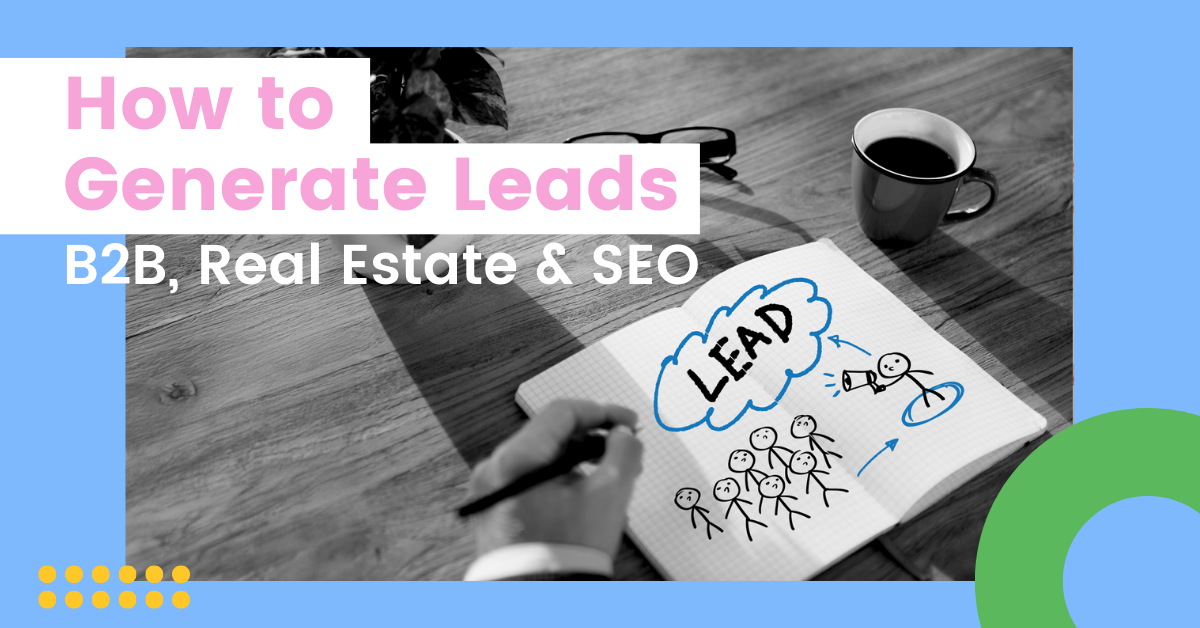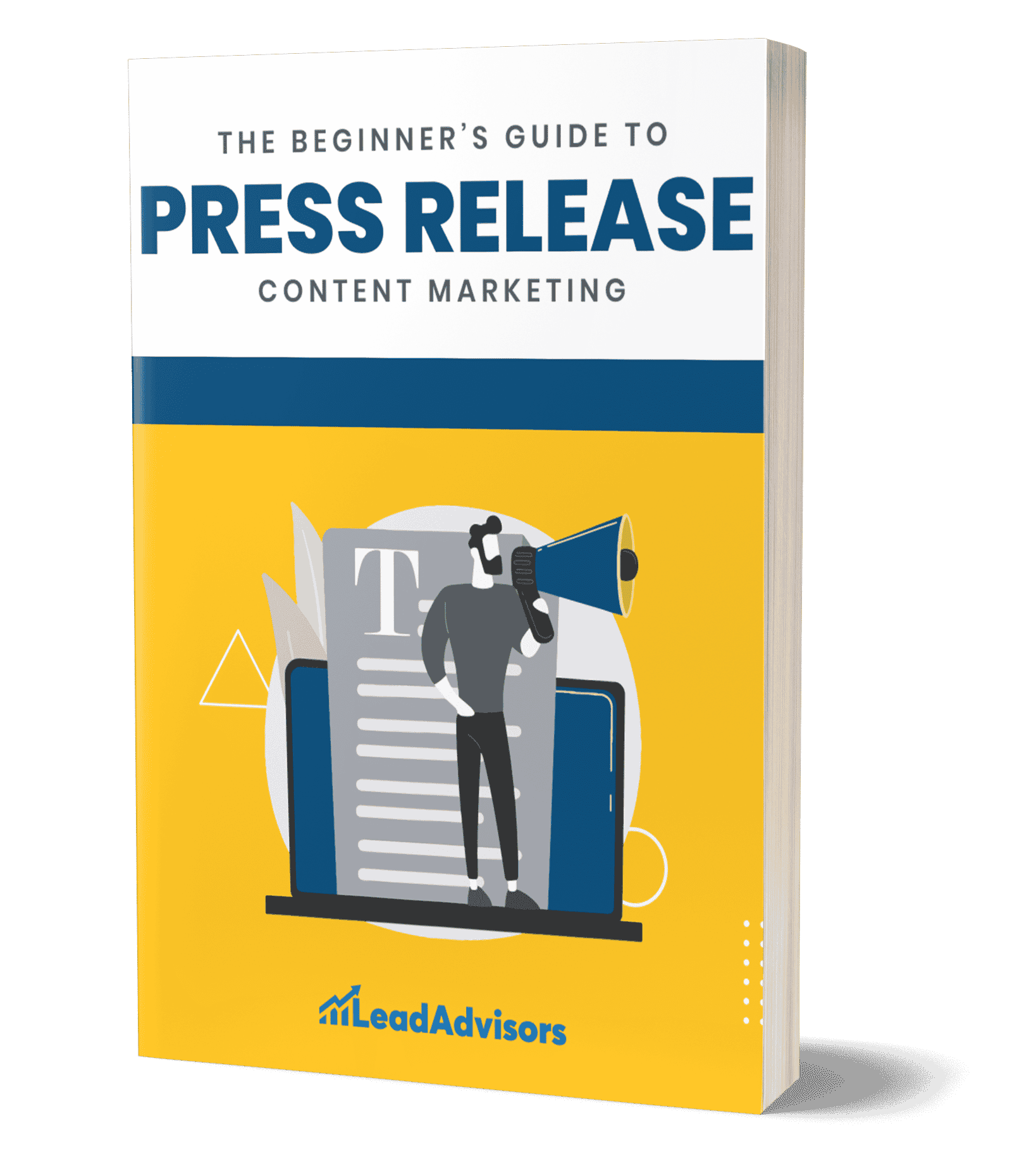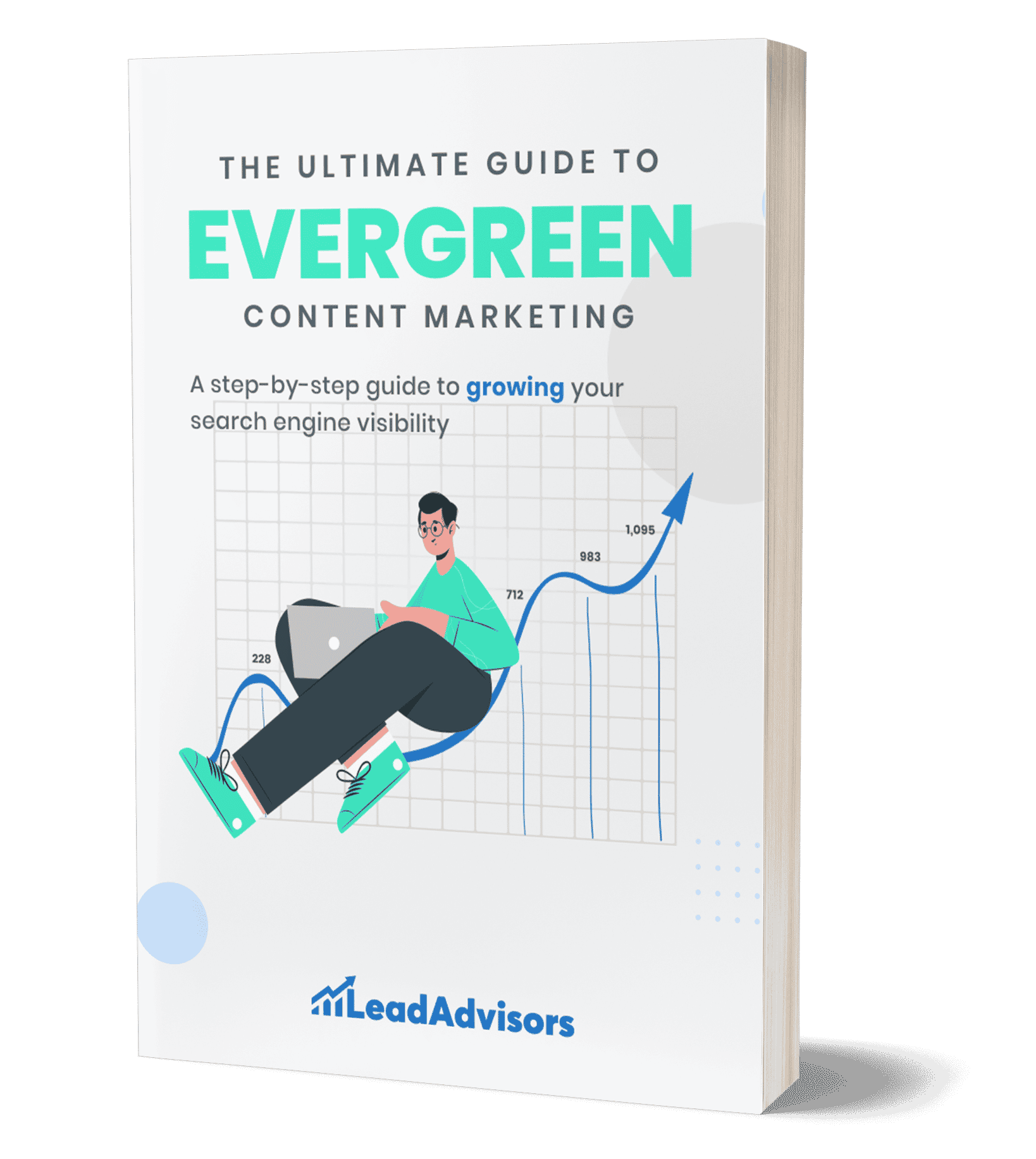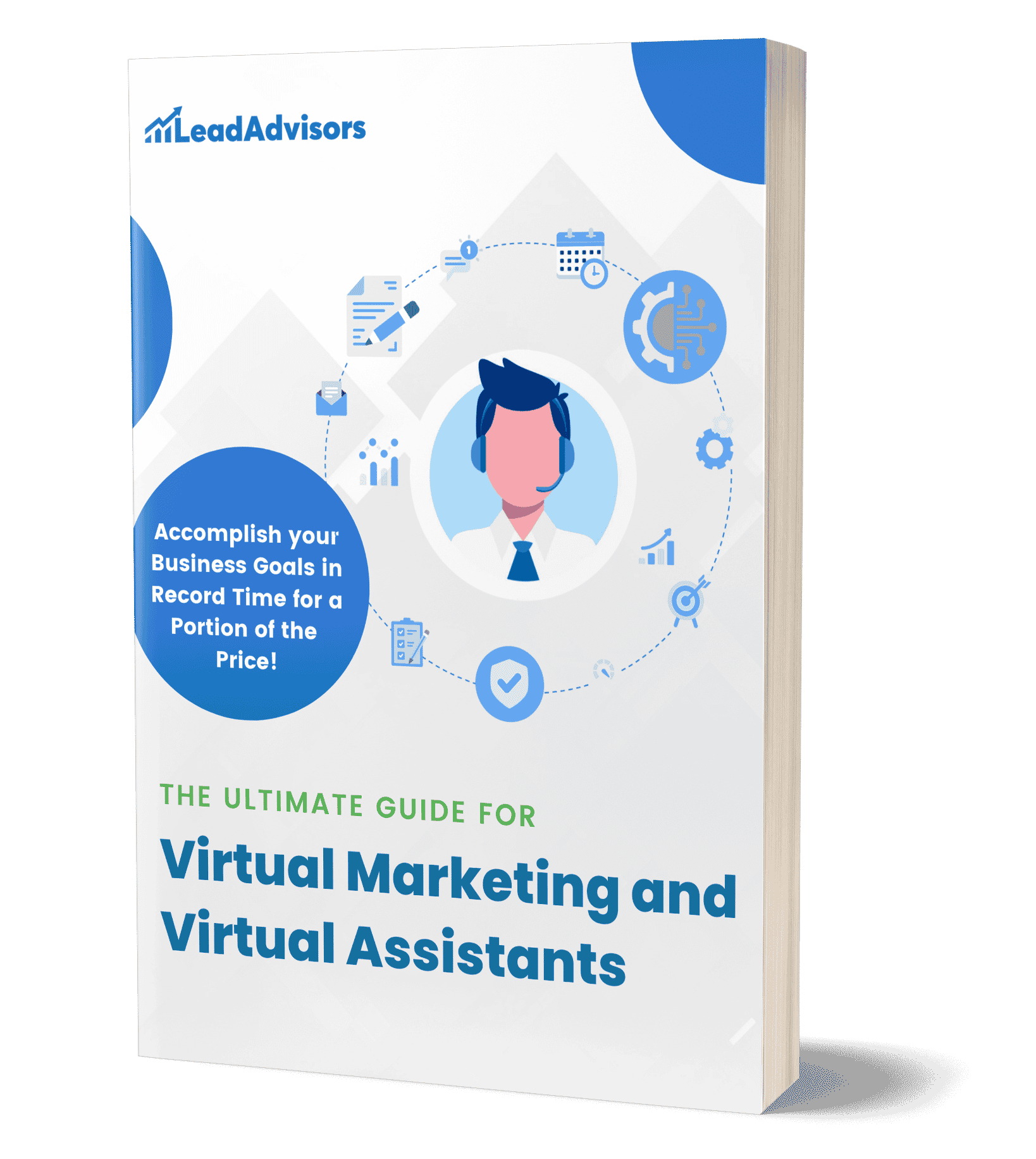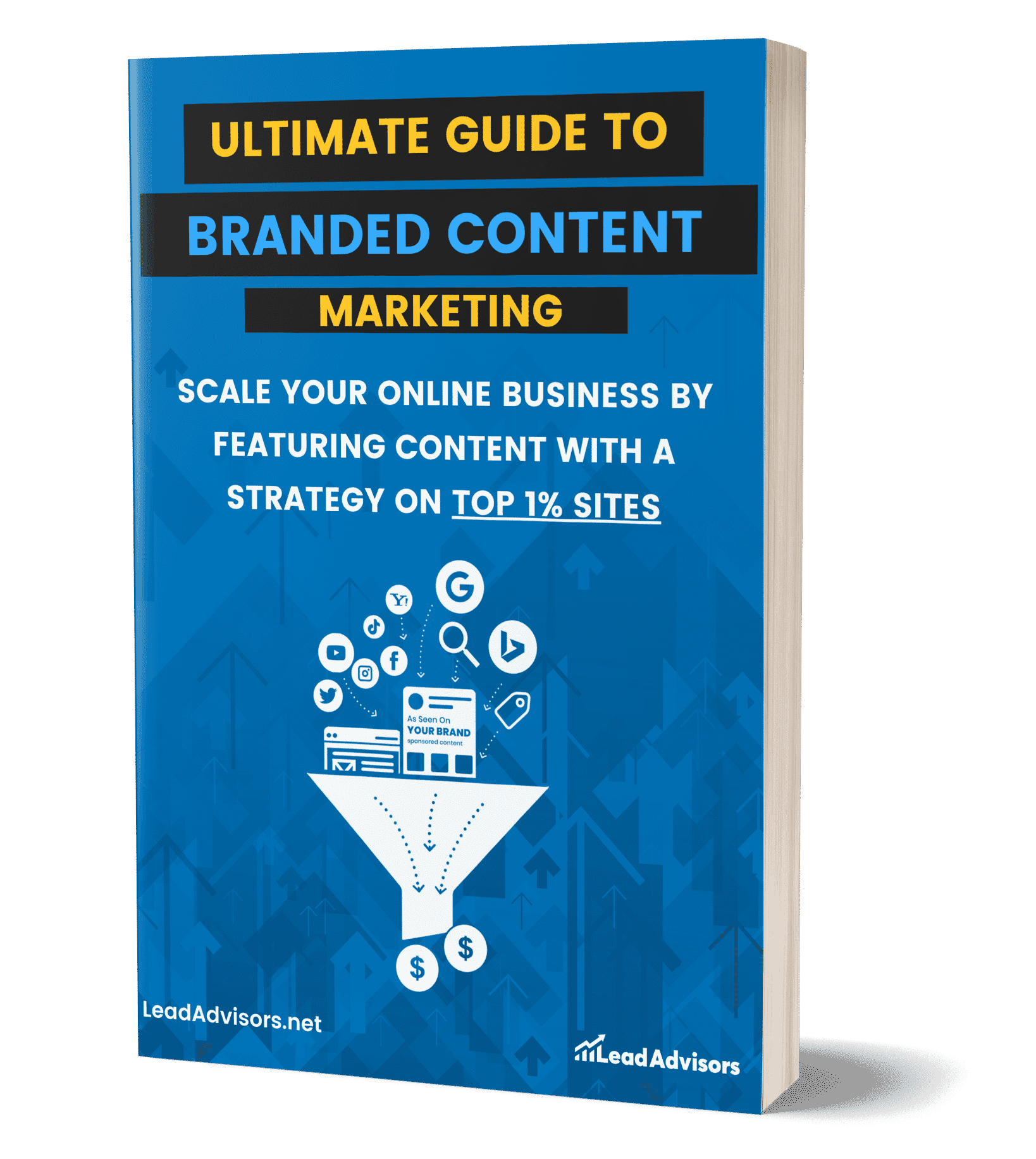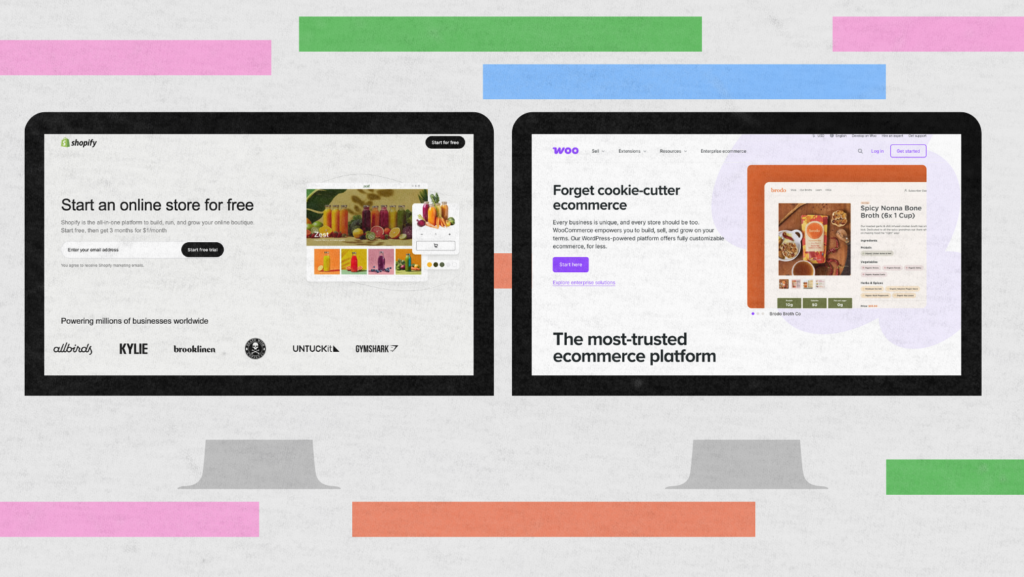Generating exceptional leads is the key to a successful business, whether you are a real estate agent, B2B marketer, SaaS founder, or freelancer. However, with so many strategies, platforms, and tools available, it can be challenging to know where to start.
Today, we’ll show you how to generate leads with proven strategies, the latest inbound and outbound tactics, AI automation, and smart targeting for industries like real estate, SEO, and B2B. Whether you’re just starting out or hoping to expand, this systematic method of generating leads and converting them into sales will serve you well.
What Is Lead Generation (And Why It Matters)?
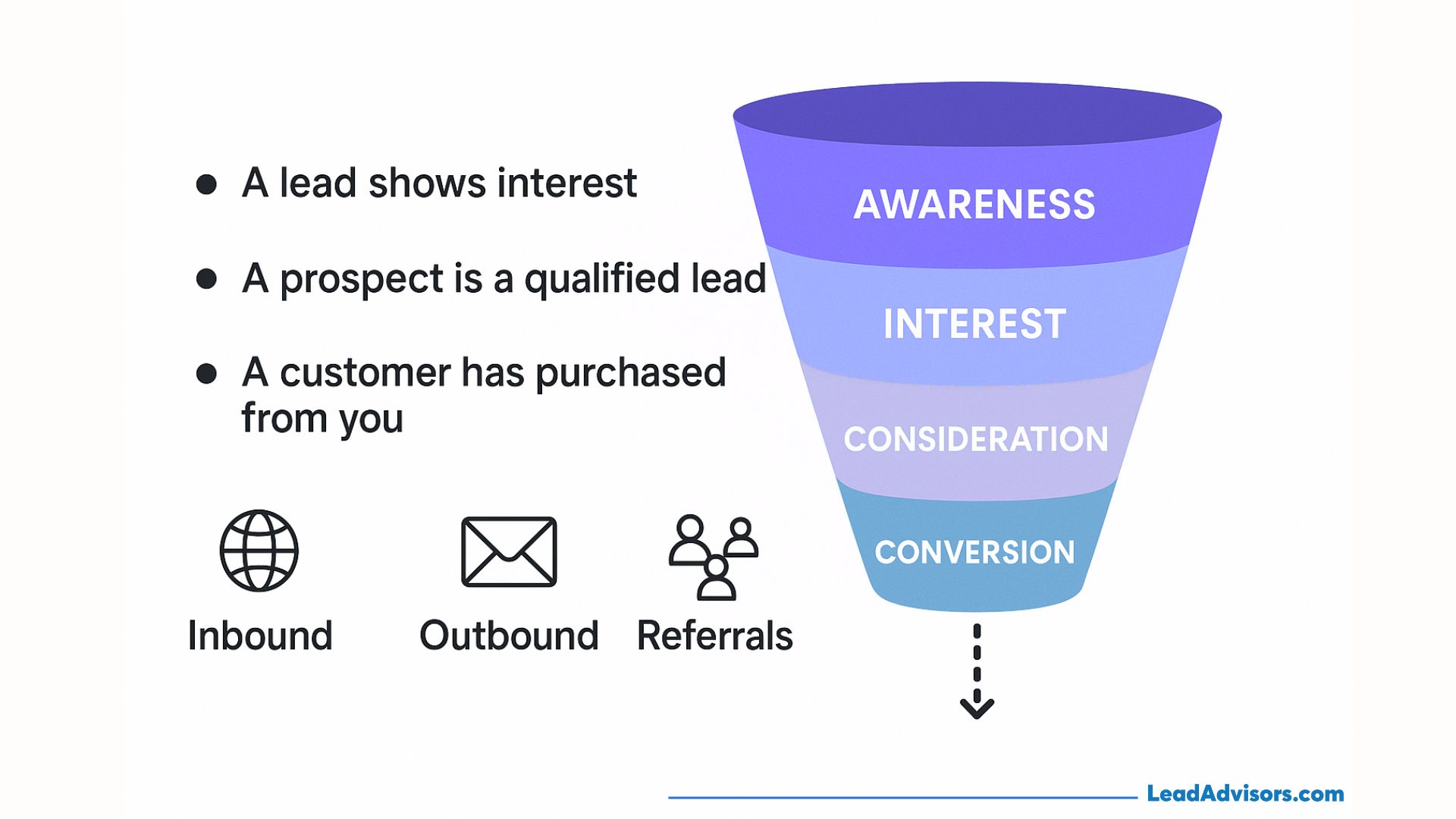
Lead generation is the process of attracting and capturing the attention of potential customers to establish a pipeline of prospective clients. It powers sales and business growth in all industries.
Here’s the key difference:
- A lead shows interest.
- A prospect is a qualified lead.
- A customer has purchased from you.
Effective lead generation keeps individuals progressing from awareness to action, which is particularly important in B2B, real estate, and online services, where longer sales cycles are typical.
You can generate business leads from three core sources:
- Inbound (e.g., SEO, blogs, social media)
- Outbound (e.g., email, cold calls, ads)
- Referrals (e.g., clients, partners, affiliates)
Whether you’re looking for sales leads, B2B leads, or local prospects, lead generation mastery is all about continuously filling your funnel with individuals willing to engage and convert.
Build the Right Foundation Before Generating Leads
To attract the right leads, you first need to figure out who your target audience is (and why they should care).
Start by defining your target audience with a detailed buyer persona that covers demographics, job roles, goals, pain points, and decision-making habits. This step is crucial when you’re learning how to generate B2B sales leads, as it helps you avoid wasting resources on traffic that’s unlikely to convert.
Then figure out the goals you want to achieve based on your sales process. Do you want to generate 20 demos per month or increase your email list by 30%? It gives numbers that can help you measure success and optimize faster.
Then, map your lead funnel:
- Awareness: Attract with content, SEO, and social media
- Consideration: Nurture with emails, case studies, and webinars
- Conversion: Close with demos, consultations, or sales pages
This is how successful companies figure out what type of business leads are converting. As a foundation, all else is guesswork.
How to Generate Leads Using Inbound Marketing

Inbound marketing is a way of attracting people to your products and services by using content instead of interrupting them with ads.
Step 1: Create Content That Solves Real Problems
Answer your audience’s biggest questions and pain points.
Use formats like:
- Blog posts targeting long-tail keywords
- Videos demonstrating your product or expertise
- Lead magnets (eBooks, templates, checklists) offered in exchange for emails
This is the foundation of content marketing lead generation.
Step 2: Optimize Content for SEO Visibility
To generate SEO leads, your content needs to be discoverable.
- Research and include keywords like “how to generate leads with content marketing” or “lead generation strategies”
- Group related articles around a central topic – like ‘Lead Generation’ – and link them together to help your site rank higher.
- Write meta titles and descriptions that drive clicks.
Well-optimized content attracts organic traffic with high purchase intent.
Step 3: Capture Leads With Strategic Conversion Points
Once visitors land on your site, convert their interest into action using:
- Clear CTAs placed above the fold and within content
- Landing pages tailored to one topic or offer
- Lead capture forms with just enough fields (don’t ask for too much too soon)
This is how a lead generation website turns passive readers into qualified prospects.
Inbound marketing is not a one-off tactic – it’s a long-term, compounding strategy. But when done right, it becomes your most cost-effective and reliable way to generate leads at scale.
Outbound and Paid Tactics to Drive More Leads
When you’re still building your inbound engine, outbound and paid strategies are the fastest way to drive more leads. It is all about finding the right people and saying the right thing at the right time.
Cold Email Outreach That Converts
Cold outreach isn’t dead – it just needs to be smarter. Instead of mass blasting, I use tools like Lemlist or Apollo.io to find prospect data, and Hunter.io to automate follow-ups. But I always tailor each message to the person’s role or industry.
Calls to action that are simple and singular in nature, such as booking a demo or downloading a resource, will massively improve your response rates. If speed is your priority, focus on the fastest lead generation channels for quick B2B results.
Paid Ads: Intent + Targeting = Results
Paid advertising is how you find those potential leads where they already exist. For intent-based search traffic, Google Ads is your best friend.
- If someone is searching for a ‘lead generation agency in Chicago,’ they’re likely ready to hire one.
- On the other hand, Facebook Ads let you target very precisely – perfect for real estate or local service businesses. You can focus on people within 10 miles of your office who show interests or behaviors that suggest they might need what you offer.
- For B2B lead generation, LinkedIn Ads are unmatched. You can target by job title, company size, or industry, and drive traffic to case studies, landing pages, or lead forms.
Each platform is different by nature – pick one based on where your audience resides and at what stage of the funnel you are targeting.
Retargeting: Re-Engage and Convert
We know that the average visitor does not convert to a sale on their very first visit, which is why we retarget. This enables you to run a retargeting campaign to show tailored ads to someone who has already demonstrated interest (e.g., visited your pricing or contact page) using pixels from Facebook and LinkedIn, etc. It increases your ROI because it lets you be in front of warm prospects and builds more familiarity with your brand.
Warm Outreach Without Cold Calling
Try warm outreach – the opposite of cold calling – by tapping into referrals from happy clients or leveraging existing connections. Engage with prospects on LinkedIn by interacting with their content, then follow up with a personalized message. Offering a quick audit, consultation, or helpful tip can build trust and open doors. You don’t need to call 100 numbers daily to get leads – focus on creating relevance before asking for attention.
Outbound and paid tactics are not just about pushing your message – they are opportunities for well-timed, highly relevant interactions that will bring prospects closer to the conversion. Paired with inbound, they provide a full-funnel strategy that can drive scalable, predictable growth.
Industry-Specific Lead Generation Strategies

Lead generation isn’t one-size-fits-all. Each sector requires its own cocktail of channels, paths, and content to pull in quality prospects. How can you apply all this to lead-generation in the four major areas?
B2B Lead Generation
Relationships, personalization, smart targeting: that is the essence of B2B lead generation. LinkedIn and similar platforms work especially well for getting in front of decision-makers when used with Account-Based Marketing (ABM) tactics. Credibility before the pitch is established via personalized outreach, bolstered by helpful resources such as whitepapers or case studies.
Valuable tools for B2B lead gen include:
- Apollo.io for targeted contact lists
- ZoomInfo for real-time firmographics
- HubSpot for CRM, automation, and email sequences
When it comes to how to get leads for B2B sales, use value-first propositions and actionable engagement opportunities.
Real Estate Lead Generation
Real estate is local, time-sensitive, and built on trust. Popular listing platforms include Zillow, Redfin, and Realtor.com, and core sources like virtualstacks.com are still valuable – but you’ll need additional channels to stand out.
Supplement with:
- Facebook Ads that target buyers or sellers by location and interests
- Referral systems that reward past clients or local partners
- Local presence, both online (Google Business) and offline (community events)
Understanding how to generate real estate leads on Facebook can be that competitive advantage that gets you more listings or valuation-based campaigns working in your favor.
Local & Service-Based Businesses
Visibility and convenience trump branding for plumbers, HVAC providers, and roofers.
Prioritize:
- Google Local Services Ads (LSAs) – they appear above paid search ads and only charge for qualified leads.
- Review management – positive reviews drive action, especially on Google Business Profiles
- Offline efforts like neighborhood flyers or vehicle branding in high-traffic areas
These strategies are especially valuable if you’re learning marketing for roofing leads or running a small business, since you likely don’t have a large marketing team.
Niche: SEO, Insurance, Solar, and Mortgage
Targeted authority, automation, and messaging are required for specific industries.
For SEO agencies:
- Build niche landing pages (e.g., “SEO for realtors”)
- Offer free audits or downloadable checklists to capture contact info.
For insurance, mortgage, and solar:
- Use Facebook or Google Ads with financial incentives or ROI calculators
- Rely on CRMs and automation tools like ConvergeHub or Pipedrive for follow-ups.
- Deploy chatbots or AI-driven lead forms to capture inquiries after hours.
If you’re targeting how to generate solar leads or insurance leads, educational content and smart tech will keep your funnel full and efficient.
Use AI and Automation to Streamline Lead Generation
AI and automation transform lead generation from a manual grind into a smart, scalable process.. Tools like ChatGPT and ConvergeHub now power chatbots that qualify leads, answer questions, and collect contact info – 24/7, without human input.
Beyond capture, AI-powered lead scoring helps you prioritize outreach. These tools analyze behaviors like email opens, clicks, and site visits to score leads based on purchase intent – so your team focuses on those most likely to convert.
CRMs such as ConvergeHub, HubSpot, and Zoho streamline follow-ups by automating emails, tracking touchpoints, and triggering alerts for timely engagement.
Here’s how AI supports the lead gen process:
- Capture leads through smart forms or chatbots
- Score them using predictive models.
- Nurture them with automated workflows and follow-ups.
Whether you are exploring how to create solar leads or insurance leads, the right educational content paired with smart tech will ensure that your funnel is never empty and always functional.
How to Nurture and Convert Leads Effectively

Converting leads into customers involves more than a strong pitch – it consists of a process. Lead nurturing process: How to convert cold leads into warm customers.
Step 1: Build Automated Nurturing Workflows
Funnel-Entrance-Point-Based Workflows. For instance, it ought to be informative for the person who downloads an eBook and onboarding material or case studies for someone who schedules a demo. Automation tools in CRMs such as HubSpot or ConvergeHub make it easier to personalize paths based on lead actions, especially when supported by lead nurturing automation.
Step 2: Set Up Targeted Email Drip Campaigns
Create an email marketing flow that builds gradually in trust and moves leads further along to buy. Start with helpful content, present your solution in the middle emails, and end with a simple CTA (such as scheduling a call or taking an offer).
Keep emails:
- Short and clear
- Personalized with name and context
- Spaced 2-5 days apart, depending on urgency
Step 3: Follow Up with Timely Sales Outreach
Automated emails only go so far. Sales follow-ups must occur within 24-48 hours of significant actions, such as downloading a guide or viewing your pricing page. A prompt call or manual LinkedIn message that points back to their action provides a human touch and skyrockets conversion.
Step 4: Track Every Interaction in a CRM
Leverage your CRM to track touchpoints – email opens, link clicks, responses, and calls. This allows your team to identify hot leads and modify outreach accordingly. Pipedrive, Salesforce, and ConvergeHub are examples of software that score leads and automatically assign follow-up tasks based on action.
Step 5: Continually Refine Your Lead Generation Process
Lead nurturing is not “set and forget.” Check email open rates, follow-up response rates, and conversion rates regularly. A/B test subject lines, message timing, and CTAs to discover what works best. The more you optimize, the stronger your sales lead management will be, and the more seamless your lead generation system will run.
Tools, Metrics & Optimization Tips
To run a successful and scalable lead generation strategy, you need to track performance and use the right tools for execution and optimization. Below is a breakdown of essential metrics, recommended tools, and what to test regularly to improve results.
Category | What to Focus On | Why It Matters | Tools to Consider |
Key Metrics | – Conversion Rate – Cost Per Lead (CPL) – Return on Investment (ROI) | Helps you evaluate campaign performance, measure profitability, and adjust your funnel to attract higher-quality leads. | Google Analytics, HubSpot, Salesforce, ConvergeHub |
Lead Generation Tools | – CRM & Automation – Email Marketing – Lead Capture & Scoring | Streamlines outreach, automates follow-ups, and tracks lead activity to improve nurturing and sales conversions. | HubSpot, Mailchimp, Salesforce, ConvergeHub, Zoho |
Optimization Areas | – CTA buttons – Landing page copy/design – Email subject lines and sequences | Regular testing improves engagement, reduces friction in the funnel, and boosts conversion rates over time. | Unbounce, Optimizely, Mailchimp A/B testing |
Whether you’re building a funnel in-house or working with a lead generation company, focusing on these areas ensures your system remains data-driven, efficient, and scalable. The combination of strong metrics, powerful lead generation software, and continual testing is what separates stagnant campaigns from high-performing engines.
Common Mistakes to Avoid
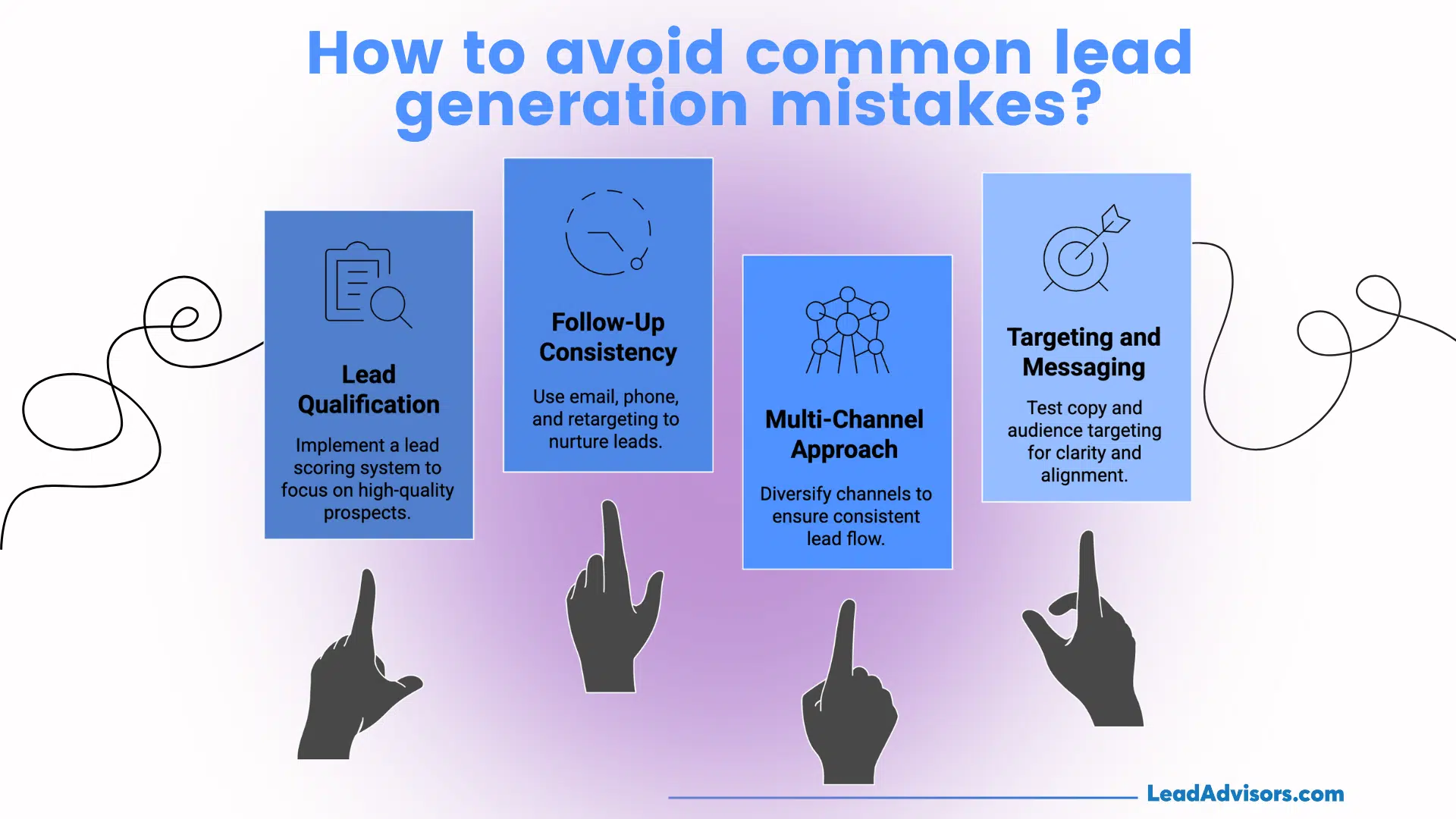
Even the best-executed lead generation campaigns can sabotage themselves with these pitfalls. Avoiding them is essential to creating a system that converts.
- Ignoring Lead Qualification
Not all leads are gold. Without a lead scoring model or a defined buyer persona, your team can squander precious time on poor-quality prospects that will never convert. - Failing to Follow Up
Most leads won’t convert after the first touch. If you’re not following up consistently – via email, phone, or retargeting – you’re leaving potential revenue on the table. - Over-Reliance on One Channel
Relying solely on Facebook Ads, LinkedIn, or cold outreach makes your funnel vulnerable. A diversified, multi-channel approach ensures better reach and consistent lead flow. - Poor Targeting or Messaging
Sending the wrong message to the wrong audience means high bounce rates and low engagement. Test your copy, offers, and audience targeting regularly for simplicity and alignment.
These problems don’t need a total system revamp – just targeted improvement. Awareness, testing, and the proper tools will prevent you from making these mistakes and help you get the most from your ROI.
Frequently Asked Question
As a beginner, how do you generate leads for real estate?
What’s the best way to generate leads on LinkedIn?
Can AI tools really help with lead generation?
How can I generate leads online without spending money?
Final Thoughts: Generate Leads That Actually Convert
Lead generation is not about pursuing quantity – it’s about attracting the right individuals and pushing them towards action. The best systems combine inbound marketing, outbound outreach, and intelligent automation.
However, success also hinges on remaining ethical – relying on opt-ins, adhering to privacy regulations, and establishing trust from the very first click. Continuously test your content, hone your messaging, and optimize your funnel with data. Armed with the proper approach and tools, you won’t only create leads – you’ll develop long-term buyers and sustainable growth.

